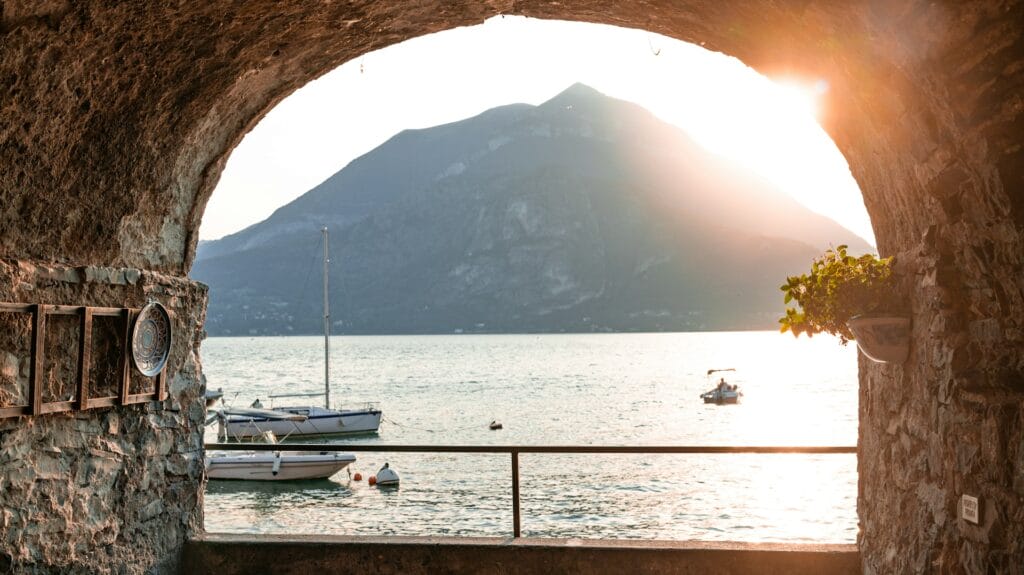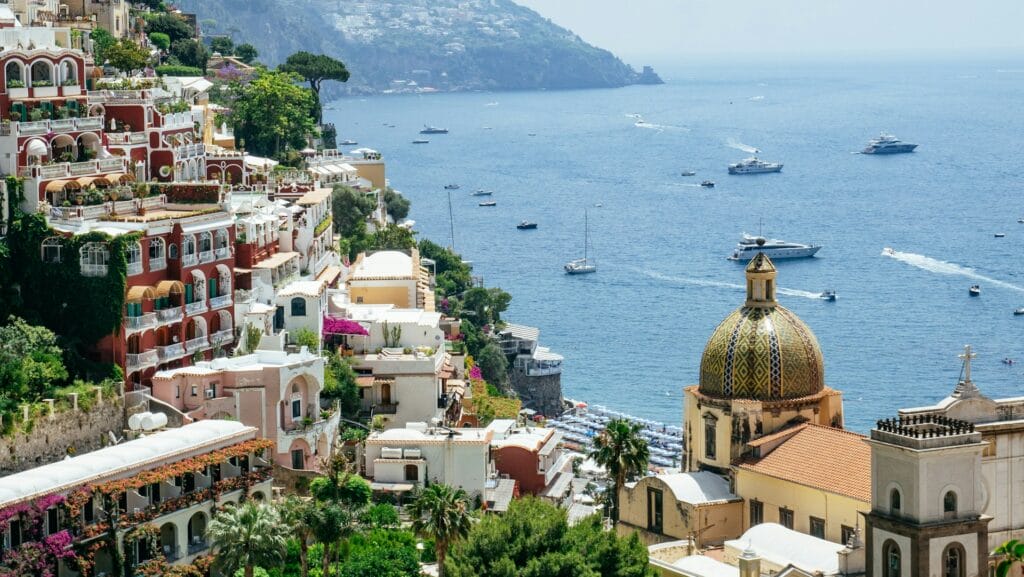
Report reveals €27bn impact of Italian boating industry

According to a new study into the sector’s impact, the Italian nautical industry grew three times faster than the country’s GDP between 2012 and 2022.
The first Altagamma-Deloitte study of the economic and employment impact of the yachting industry in Italy shows the sector’s overall impact is 2.7 times its direct economic impact and six times its employment impact.
Approximately 59 per cent of the total impact was generated by the use of yachts, 38 per cent by new builds and 3 per cent by refits.
The study also highlights an unexpressed potential: just 6 per cent of superyachts (> 24 m) visiting Italy fly the Italian flag.
The Altagamma-Deloitte study La nautica da diporto in Italia was presented on Tuesday (25 June 2024) in Milan by Giovanna Vitelli, vice president of Altagamma for the nautical sector and chair of the Azimut|Benetti group, and Tommaso Nastasi, senior partner of Deloitte, in the presence of Matteo Lunelli, president of Altagamma.
Operating across a number of sectors, Altagamma encompasses 119 brands in the fashion, design, jewellery, food, hospitality, automotive and nautical industries. The foundation, formed in 1992, works to enhance the growth and competitiveness of Italian high-end industries.
The authors say this is the first study to examine the economic and employment impact of the nautical sector in Italy, the global leader in the construction of yachts exceeding 24 metres, taking into account both shipbuilding and marine tourism.
The analysis looks at factors upstream of the delivery of yachts — new builds, refits and extraordinary maintenance — and their subsequent use (downstream) with the benefits generated by their permanent or seasonal presence along the country’s coastline.

The Italian nautical industry
Yachting is a strategic mainstay for Italy, with an overall impact of some €27.7bn and 157,000 employees. It draws on the complementary chains of tourism and ‘Made in Italy’, with a total economic multiplier effect of almost 2.7 and an implicit employment multiplier effect of six.
The report finds these figures indicate the need to open a debate about the main growth opportunities for the sector and its entire value chain, with a particular focus on the development of activities connected to the use of yachts, which currently account for over half the total value. Specifically:
- Upstream: Italian new-build production—which represents 50 per cent of the global superyacht portfolio—is characterised by highly professional services requiring advanced knowledge and technical expertise. These have allowed it to generate an overall economic and employment impact of approximately €11.4bn and involve over 54,000 employees directly, indirectly, or in satellite activities.
- Downstream: an even greater impact is caused by yachts and marine tourism on local areas. Indeed, Italy remains a major destination on the international scene both during the winter season, partly thanks to the strong refit sector, and in summer, thanks to the attractiveness of the country’s coasts. The total economic impact of the fleet, accounting for 1/3 of tourism spending on the ground, is €16.3bn, with an economic multiplier effect of 2.7 and 103,000 people employed in the sector.
One of the main opportunities for the expansion of satellite activities linked to yachting is therefore the development of marinas. The report highlights that just 30 per cent of the berths available in Italy are in marinas equipped to receive yachts and superyachts and offering appropriate technical and tourism facilities to cater for this market.

The high-end nautical sector
The high-end nautical sector — i.e. yachts longer than 18 metres — is the segment that displays the greatest impact on the ground. The report finds:
- It constitutes 65 per cent of the total economic impact, with 80 per cent of its value in shipbuilding (upstream). Furthermore, although this segment accounts for just 2 per cent of the yachts visiting Italy, it generates 55 per cent of the downstream value, i.e. that deriving from the use of yachts.
- Spending on the ground (downstream) activated by large yachts is on average 26 times greater than the average across the nautical sector.
- This is therefore a major economic and employment contributor for Italy, which can tap into the interest of a global niche market of ’high-spending’ consumers whose input translates into high social and economic value, potentially greater still if we consider that just 6.5 per cent of these superyachts sail under an Italian flag.
- The study shows that a large yacht registered in Italy, with an Italian crew and visiting the country’s coastline for a minimum of 10 weeks per year would generate an overall annual contribution of €1.6m. Increasing the number of yachts visiting or, especially, resident in the country, would have a major impact on the economy and employment levels .
The already significant economic and employment impact of Italian yachting, therefore, presents numerous opportunities for growth through improvement throughout the value chain. The report finds that the main development areas to boost marine tourism include specific legislative measures geared to making the Italian flag more attractive, greater investment in port infrastructure and related services, and improvement in technical and management skills.
“Analysis shows not only the value of the Italian nautical industry”, says Giovanna Vitelli, “but also the unexpressed potential of a sector with a considerable margin for growth: although Italy is the world leader in the construction of superyachts, only 6 per cent of these fly the Italian flag. This inhibits the positive impact that superyachts can generate in the area.
“Hence the need to intervene to increase the attractiveness of Italian registration and chartering on our coasts, bringing VAT into line with hotel activity, and also our marinas, which are real destinations for marine tourism”.
Tommaso Nastasi, senior partner of Deloitte Italy, adds: “Yachting is a strategic sector for Italy, due to both its economic contribution and its spillover into other Made in Italy sectors and tourism. Enhancement of nautical services and tourism can generate substantial benefits for the Italian economy.”
Altagamma’s recommendations
Vitelli also presented the foundation’s initial reflections, which include:
1) Bring VAT rates for yacht charter into line with those of the tourism and hotel sector.
2) Update the regulations and procedures for Italian flag registration in relation to other international flags, to increase its attractiveness.
3) Simplify bureaucratic procedures relating, for example, to checks on crew recruitment.
The post Report reveals €27bn impact of Italian boating industry appeared first on Marine Industry News.
